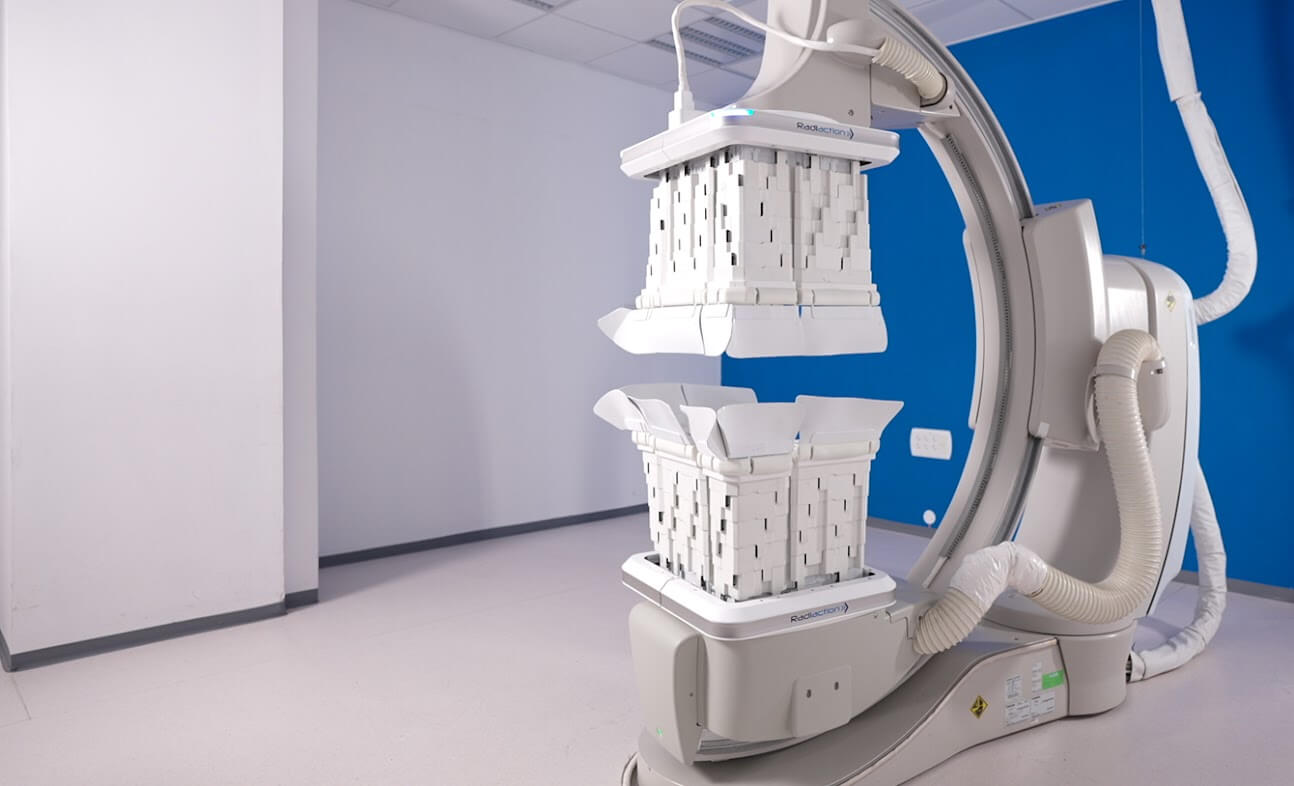
A Novel Robotic Radiation Shielding Device for Electrophysiologic Procedures: A Prospective Study
Avishag Laish-Farkash, MD, PhD1, Emanuel Harari, MD1, Michael Rahkovich, MD, Yonatan Kogan, MD, Gergana Marincheva, MD, Guy Scheinman, MD, Eyal Ben-Assa, MD, and Eli I. Lev, MD Ashdod, Israel
Introduction
Fluoroscopy-guided procedures are the leading source of occupational ionizing radiation exposure for electrophysiologic (EP) personnel.1 High cumulative doses of X-ray radiation might increase the risk for malignancies,1 early development of cataracts,2 and orthopedic problems due to the heavy weight of lead aprons.3 Reducing high scatter radiation exposure during medical procedures is the principal task of many professional societies and advisory groups.4,5
User Feedback Proved the Feasibility and Ease of Use for All Types of EP Procedures
A robotic Radiaction Shield System (RSS) was developed to provide full-body protection to all medical personnel during fluoroscopy-guided procedures by encapsulating the imaging beam and blocking scatter radiation.
Objective
We aimed to evaluate its efficacy in real-world electrophysiologic (EP) laboratories during ablations and cardiovascular implantable electronic devices (CIED) procedures.
Method
A prospective controlled study comparing consecutive real-life EP procedures with and without the Radiaction Shield System using highly sensitive sensors in different locations.
Results
Thirty-five ablations and 19 CIED procedures were done without the shield system installed, and 31 ablations and 24 CIED procedures (17 with usage levels ≥70%) were done with the shield system. Using Radiaction did not increase procedure time and radiation time.
- Overall there was a 95% average usage level for ablations and 88% for CIEDs
- For all procedures with ≥70% usage level and all sensors, the radiation with the shield system was significantly lower than radiation without
- For ablations, there was an 87% reduction in radiation with the shield system
- For CIEDs, there was an 83% reduction in radiation with the shield system

Conclusion
For both CIED and ablation procedures, the radiation with the Radiaction Shield System was significantly lower than without. Higher usage level brings higher reduction rates. Thus, the shield system may have an important role in the full-body protection of all medical personnel from scatter radiation during EP and CIED procedures.













